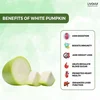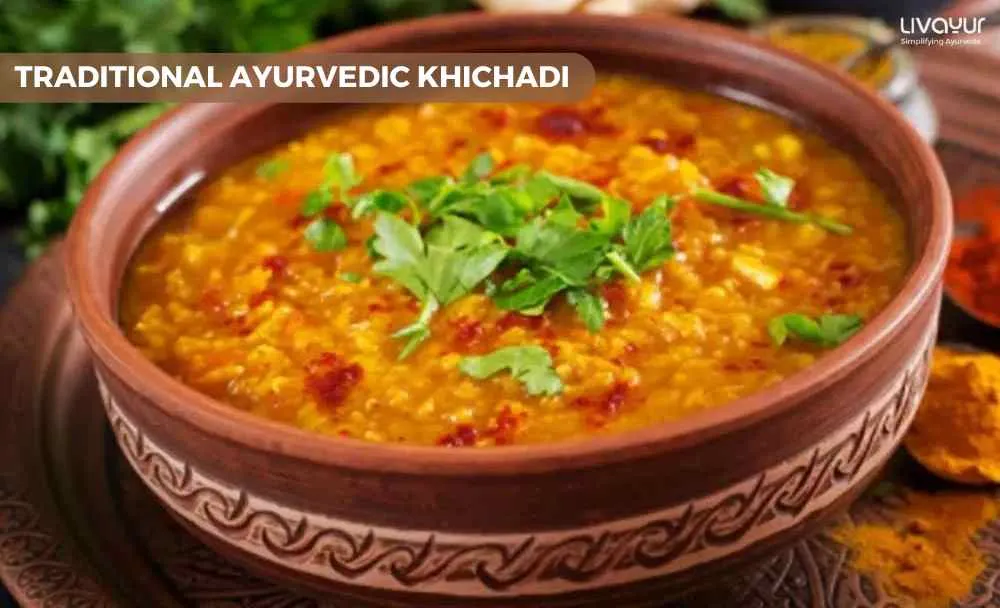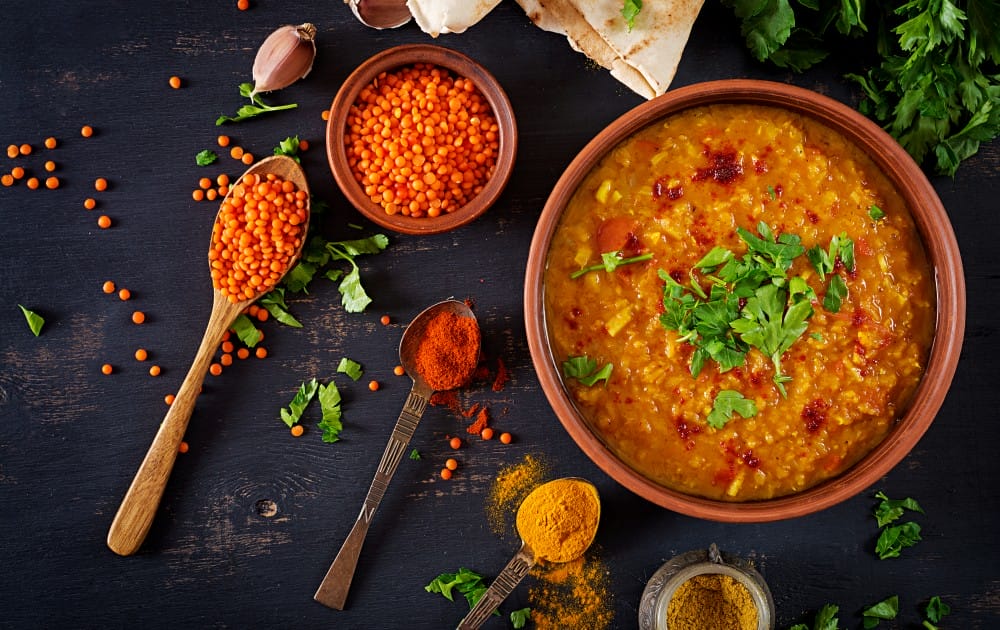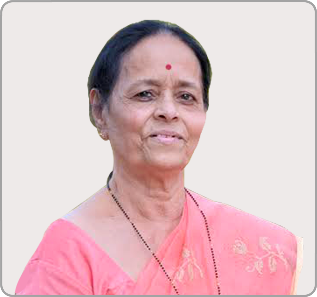Popular and known to almost every single Indian as khichdi, this homely delicacy is not just a regular meal. It actually has ancient origins going back thousands of years and is in fact a traditional cleansing food in Ayurveda. Of course, over the years as the dish has grown in popularity it has deviated far from its traditional formulation. Nevertheless, the modern incarnation of this traditional Ayurvedic dish retains some basic ingredients and with a little effort, you can make your own traditional Ayurvedic khichdi cleanse as an alternative to going on a fad detox diet.
History of Ayurvedic Khichdi
As the dish has been popularized and remains widely consumed across all of India, it has a number of local variations and also goes by many names including Khichdi, Khichadi, Kitchari, Khichuri, Khisiri, Khechidi, Kitcheree and so on. Historical references to the dish date back thousands of years and it is even mentioned in the writings of a Russian adventurer and traveller named Afanasiy Nikitin in the 1400s.
As per our Ayurvedic traditions, Khichdi is an important food in the renowned detox treatment of Panchakarma. It is typically the primary dish that is recommended for all patients undergoing Panchakarma therapy as both a preparatory and recovery food. Traditional Ayurvedic Khichdi is still recommended by Ayurvedic physicians and served at clinics that administer Panchakarma treatments to patients.
What Makes Ayurvedic Khichdi the Best Detox Diet Plan?
Khichdi is quite simply a rice-based stew, usually prepared with basmati rice and combined with split mung beans. While this may sound unappetizing it is garnished and seasoned with a variety of culinary herbs that are also used in Ayurvedic medicine. These ingredients can be customized to address the individual needs of each patient as they help to balance the doshas and pacify any aggravated Dosha. At its essence, the dish is easy to digest and nourishing.
Because of personalized recommendations, the dish can be used for all body types or any Prakriti type. The ingredients are also inexpensive and easily available throughout India. For added nutrition, khichdi can also be prepared with vegetables added in, such as methi and palak, among others. The consistency of the meal can also be modified to suit your personal preferences and digestive health, from a soupy consistency to a more solid rice-based dish. When used as a detox diet food, it is best consumed in a stew or soup-like consistency.
The Dosha balancing effects of Khichdi derive from the blend of herbs and spices that are used for flavouring, while Basmati rice and Mung Dal provide the body with easy to digest carbs and a good amount of protein. This is what makes it a perfect food for any detox diet – it’s easy to digest and strengthening.
| Ayurvedic Khichdi Recipe | |
| Ingredients |
|
| Optional Ingredients | A handful of cilantro or dill leaves, 1 cup of easy to digest vegetables like sweet potato, brinjal, etc. |
| Meal Prep |
|
While the recipe provided here is a standard Khichdi recipe, you can ask your Ayurvedic physician for a personalized recipe taking into account your balance of Doshas. This will simply require tweaking some of the ingredients, such as excluding mustard or adding more ginger powder.


















